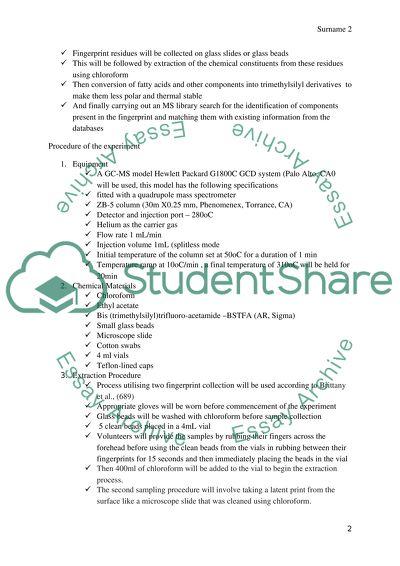Experimental plan for lab Essay Example | Topics and Well Written Essays - 500 words. Retrieved from https://studentshare.org/chemistry/1677800-experimental-plan-for-lab
Experimental Plan for Lab Essay Example | Topics and Well Written Essays - 500 Words. https://studentshare.org/chemistry/1677800-experimental-plan-for-lab.


